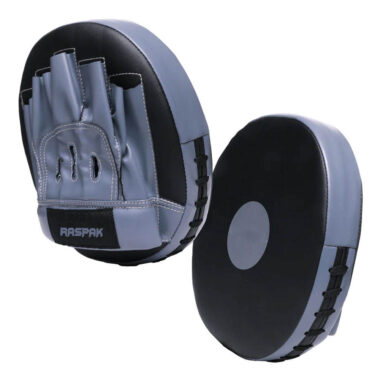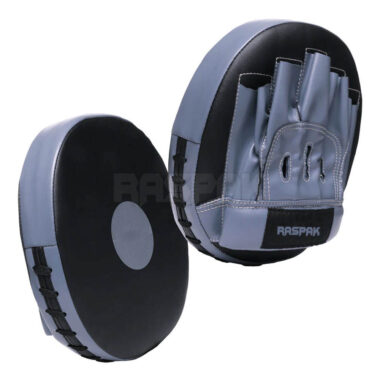🥊 Introduction
Behind every pair of boxing gloves or punching bag lies a detailed production process that combines craftsmanship with modern technology. For buyers, knowing how products are made helps ensure quality and transparency when working with a boxing equipment factory.
This guide breaks down each major production step — from material selection to packaging — so you’ll know what to expect when partnering with a manufacturer.
🧵 1. Material Selection and Preparation
Everything starts with the right materials.
Factories source genuine leather, synthetic PU, or microfiber based on customer needs. Foam padding, lining fabric, and Velcro are also carefully tested before cutting.
At this stage, raw rolls are checked for color consistency and elasticity. A reliable manufacturer keeps detailed records for each batch to guarantee repeatable quality in future orders.
✂️ 2. Cutting and Layering
Once materials are approved, precision cutting begins.
Large cutting machines or computer-guided molds shape leather and foam pieces according to design patterns.
Each glove or pad may have 15–20 individual parts — palm, back, thumb, strap, inner lining, and more. Layering ensures even padding and balanced weight distribution. The accuracy here determines how comfortable and professional the final boxing gear will feel.
🧶 3. Stitching and Assembly
This is where craftsmanship truly matters.
Skilled workers stitch the cut pieces together using industrial sewing machines. Reinforced seams are added at high-stress areas like wrist joints or finger curves.
At this stage, the gloves begin to take their recognizable shape.
Factories with automated stitching lines can maintain consistent thread tension and finish across thousands of pairs, reducing defect rates and production time.
⚙️ 4. Branding, Embossing, and Customization
Once the base product is assembled, it moves to the customization area.
Here, your logo, colors, and design details are applied — whether through embroidery, heat transfer printing, or embossed molds.
OEM boxing manufacturers often keep separate customization rooms to control color contamination and quality precision.
This step transforms a generic glove into your custom boxing gear, ready to represent your brand identity.
🔍 5. Quality Inspection and Testing
Every batch goes through multiple QC stages.
Inspectors check for symmetry, stitching alignment, and weight accuracy. Gloves and pads are pressed and flexed to test resistance.
Factories also conduct spot tests for tearing strength, Velcro adhesion, and foam density.
Consistent QC data ensures your products meet international boxing standards and can be exported confidently.
📦 6. Packaging and Shipment
Finally, the boxing equipment is cleaned, labeled, and packed according to the buyer’s specifications.
Each item is placed in a polybag, retail box, or carton depending on the order.
A dependable boxing manufacturer coordinates bulk packaging to prevent deformation during long-distance shipping. Custom barcodes or brand inserts can be added to support your retail presentation.
🌍 Conclusion
The process of producing boxing equipment involves both art and engineering — from cutting leather to branding and inspection.
When you work directly with a boxing gloves manufacturer, transparency and technical understanding are key.
By choosing a partner that follows these structured steps, you can ensure every glove, pad, or bag meets your expectations for performance, durability, and visual appeal.
Whether you’re starting a new brand or sourcing from a factory for wholesale, understanding the process helps you make better decisions — and ultimately, deliver better products to your customers.




















